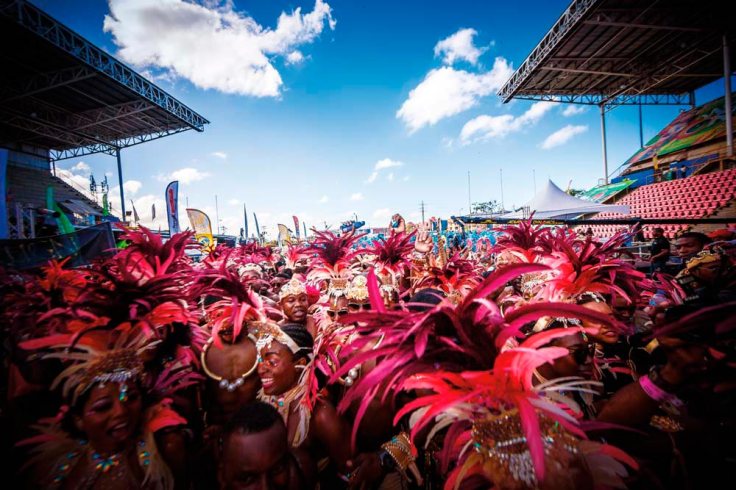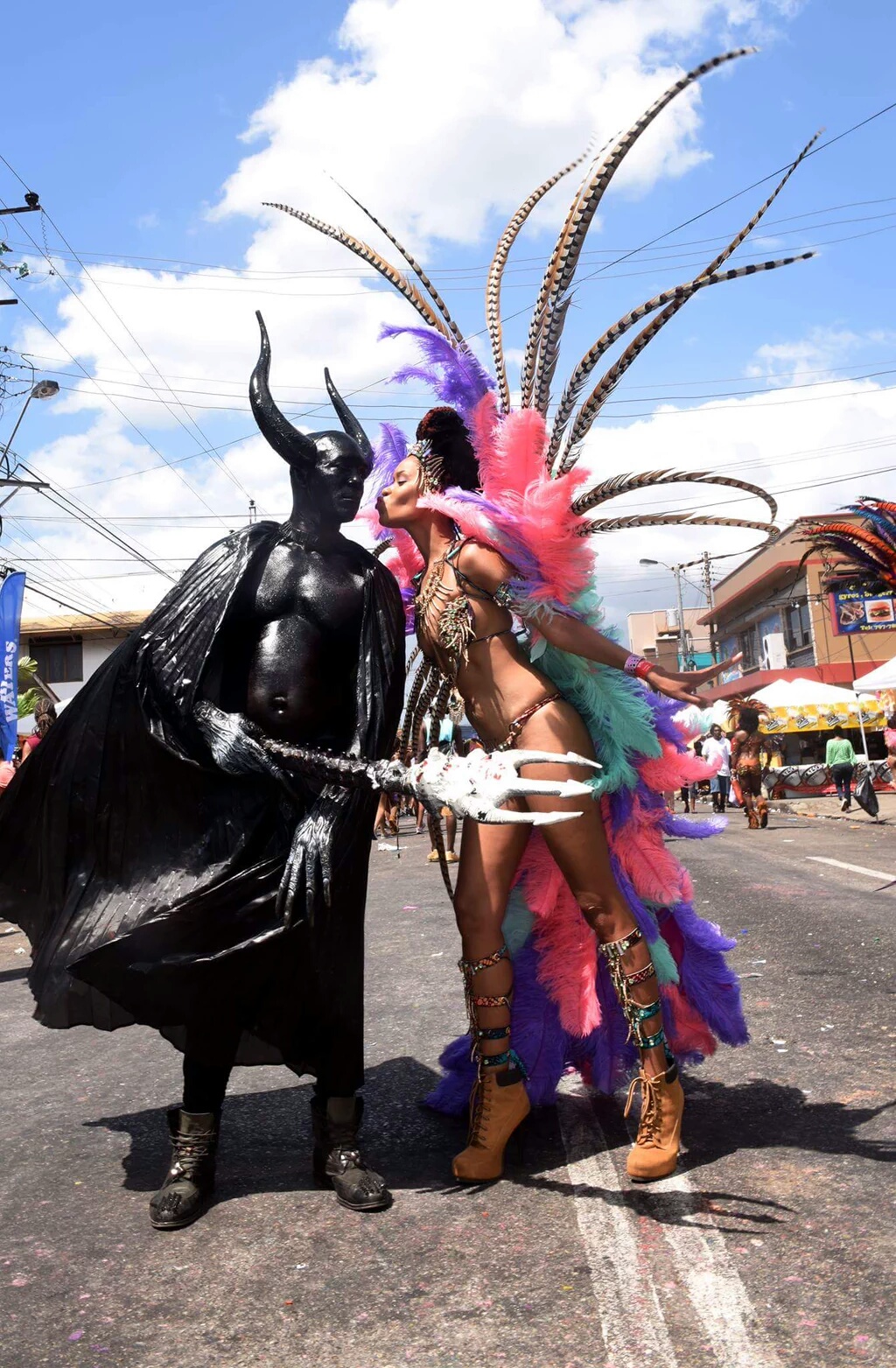Trinbagonians buy into the idea of the Queen’s Park Savannah as a sacred space where all carnival bacchanal culminates. It is also seen as a space that levels out everyday social inequalities so much so that it has become a significant center of the Trinidad carnival.
After emancipation, the former slaves celebrated the festival in downtown Port of Spain away from the middle and upper classes whose celebrations took place in the Savannah. Ann Lee writes that for the second half of the nineteenth century and the twentieth century, there was a clear division in the carnival:
There were two carnivals. Whites were hardly a part of the downtown Carnival. Their circuit was the Queen’s Park Savannah (1991, p. 427).
The Savannah was also home to elite carnival events such as the Carnival Queen competition. So for a time, it operated as a site for the carnival of the middle and upper classes.
In the independence period as the carnival became more organized under the Carnival Development Committee (CDC), there was a push to host all major events in the Savannah. The need to make the festival a national one meant that it had to be sanitized. The organizers sought to get rid of the violence of the panorama, the lewdness of the pissenlit ,and the general blackness of the Jamette Carnival. This sanitized version would also attract the much needed sponsorship for cash prizes and other expenses. Eventually all major competitions and carnival events found their place in the Savannah. But the social divisions were not completely removed. The creation of the Grand and North stands, the sit in by mas band, Poison, the Greens for Panorama, and the separation of onlookers and masqueraders all show that the QPS itself struggles to be a representation of all ah we is one.
Today, the QPS is home to several carnival competitions, mainly the Kings and Queens, Kaisorama, Panorama, Dimanche Gras, and the Parade of the Bands. For the main parade, no one could dispute that the stage at the Savannah cannot sustain all of the masquerade bands especially on Carnival Tuesday. Even so, masqueraders have put up with hours of just waiting to cross this scared stage because they feel that it represents the height of their carnival experience. With the National Carnival Commission (NCC) having failed to come up with a solution to ease the congestion at the Savannah, the Socadrome located at the Hasley Crawford Stadium was created in 2014 as an alternate stage. The problem is that the proposal came from bands- Harts, Tribe, Bliss, and YUMA who signify today’s version of the elite carnival. A popular opinion has been that the Socadrome is dividing the Carnival not only geographically, but socially. It seems, however, that the move from Savannah to Socadrome today is similar to the move from downtown to the Savannah in the independence period. There are similar socio-economic conflicts that surround this move- brown vs black, rich vs poor, traditional vs bikini and beads, space vs congestion, culture vs commercialization…

It is also important to note the absence of the NCC in the decision. The Ministry of Community Development, Culture, and Arts has made it clear that it does not support the Socadrome with the Minister, Dr. Nyan Gadbsy-Dolly not showing any support for the alternate venue citing the lack of police resources to manage the unofficial route. It is interesting that the Minister also made accusations of elitism:
What we had discussions about is that their use of the socadrome is a response to congestion on the streets and we understand the value of easing that. Using the other venue has spawned a feeling of elitism that wasn’t intended.
The carnival has never operated as a space that embraces social equality. The all ah we is one sentiment is just one of the many narratives created to package the festival as a national one, but it has always served to sustain the status quo. As a festival in a post colonial time and space, these divisions are expected. The social divisions not only resonate in class, but in gender, race, and sexuality. And as the history of the carnival tells, the separations are not new and may always characterize the Trinidad carnival culture. Yet, the history also says that while these elite spaces were created, it also inspired spaces and moments of contestation. It may not be in the same numbers or captured by photographers, but the “other” carnival is there. It may be that one jab molassie who inspires a collective memory of the cannes brulee and the struggle of the former slaves. Even within the dominance of the pretty mas, there is a darkness that cannot be ignored, giving carnival more than one face and space.

Very interesting. I think carnival is very divided and there is a culture of elitism, ppl always looks for a more exclusive experience.
LikeLiked by 1 person
another articles that wants to make it look like slaves were responsible for carnival celebrations in TnT
LikeLike
Excellent! Interesting read
So does this mean no more cutedougla the blog?!
LikeLike
Thanks! Lol..this is more for the academic stuff, but dougla diaries is still around
LikeLiked by 1 person
Just look at the complexion of the socadrome masquerades. That says it all.
LikeLiked by 1 person